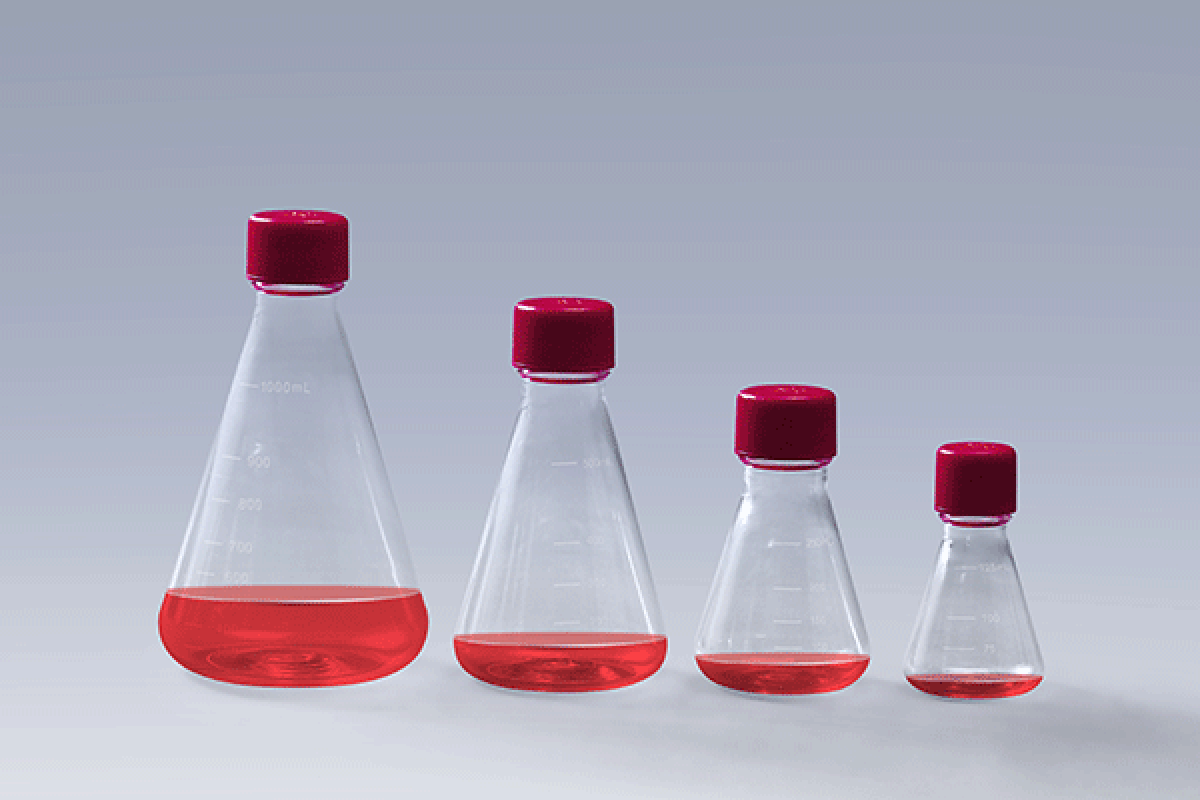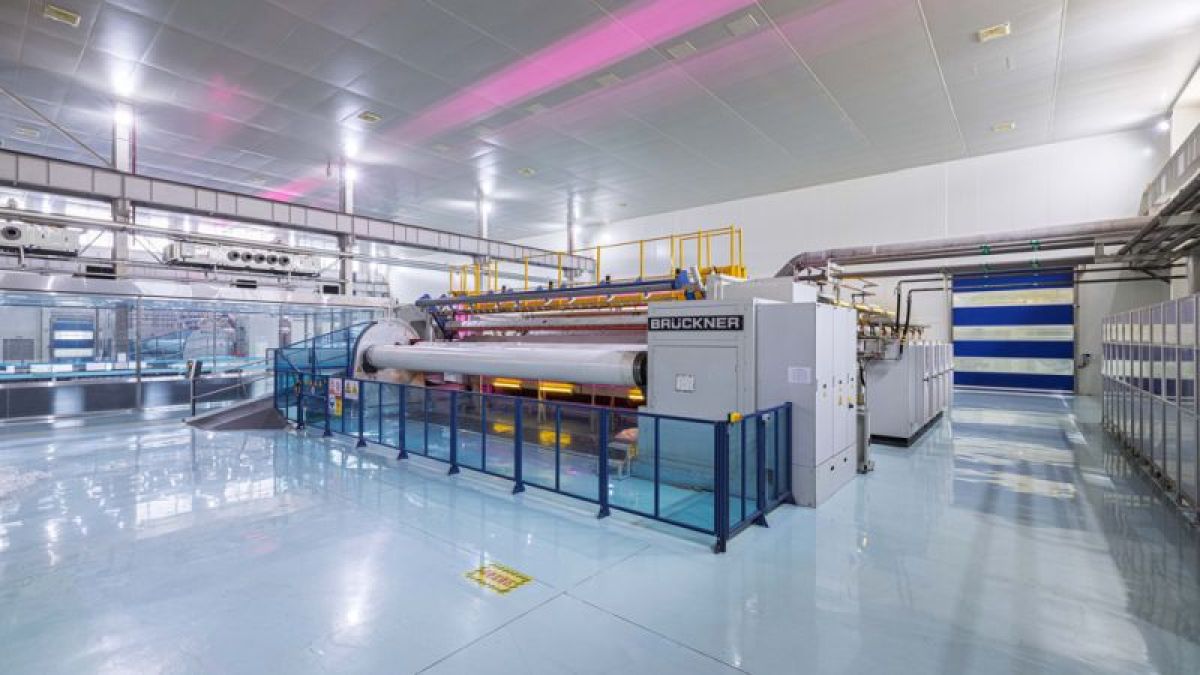In cell culture experiments, cell clustering in Erlenmeyer Shake Flasks is a common issue that can not only affect cell growth and experimental results but also interfere with data accuracy. Understanding the causes of cell clustering and taking appropriate intervention measures can significantly improve the efficiency of cell culture and the reliability of experiments.
In cell culture experiments, cell clustering in Erlenmeyer Shake Flasks is a common issue that can not only affect cell growth and experimental results but also interfere with data accuracy. Understanding the causes of cell clustering and taking appropriate intervention measures can significantly improve the efficiency of cell culture and the reliability of experiments. This article explores the main causes of cell clustering and provides corresponding solutions.
The Impact of Calcium and Magnesium Ions in the Culture Medium
In cell culture, calcium and magnesium ions are key factors in cell adhesion. These ions in the culture medium may bind to adhesion molecules on the cell surface, thereby increasing the adhesion between cells and leading to cell aggregation. To overcome this issue, calcium- and magnesium-free PBS buffer can be used during cell digestion to wash the cells. This effectively reduces intercellular adhesion, helping to achieve a more uniform single-cell suspension.
Solution: Use calcium- and magnesium-free PBS buffer to wash the cells in the Erlenmeyer Shake Flask, ensuring that trypsin effectively digests the adhesive substances between cells, thereby obtaining a single-cell suspension.
Mycoplasma Contamination
Mycoplasma is a tiny pathogen that, although not directly visible to the naked eye, can significantly impact cell health and experimental results. Mycoplasma contamination can alter cell growth characteristics and may lead to cell clustering. Methods for detecting mycoplasma contamination include using specific kits for PCR testing or observing changes in cells under a microscope.
Solution: Regularly test the cell culture medium in Erlenmeyer Shake Flasks for mycoplasma contamination. If contamination is detected, discard the contaminated culture immediately and thoroughly disinfect the culture environment and equipment.
DNA Contamination Caused by Over-Digestion with Proteases
During cell digestion, excessive use of proteases such as trypsin may damage the cell membrane, releasing intracellular DNA. This released DNA can form sticky substances in the culture medium, causing cells to aggregate. To address this issue, enzymes such as DNase I can be used to treat the cell suspension, degrading the released DNA and reducing cell aggregation.
Solution: Control the amount of protease used during cell digestion to avoid over-digestion. Additionally, enzymes such as DNase I can be added to degrade the released DNA and prevent cell clustering.
Cell clustering in Erlenmeyer Shake Flasks can be caused by various factors, including culture medium composition, mycoplasma contamination, and over-digestion with proteases. By adjusting the culture medium composition, regularly testing for mycoplasma contamination, and controlling protease usage, cell clustering can be effectively reduced, improving the quality of cell culture and the accuracy of experimental results. Proper operation and timely intervention are key to ensuring smooth cell culture and reliable experimental data.




